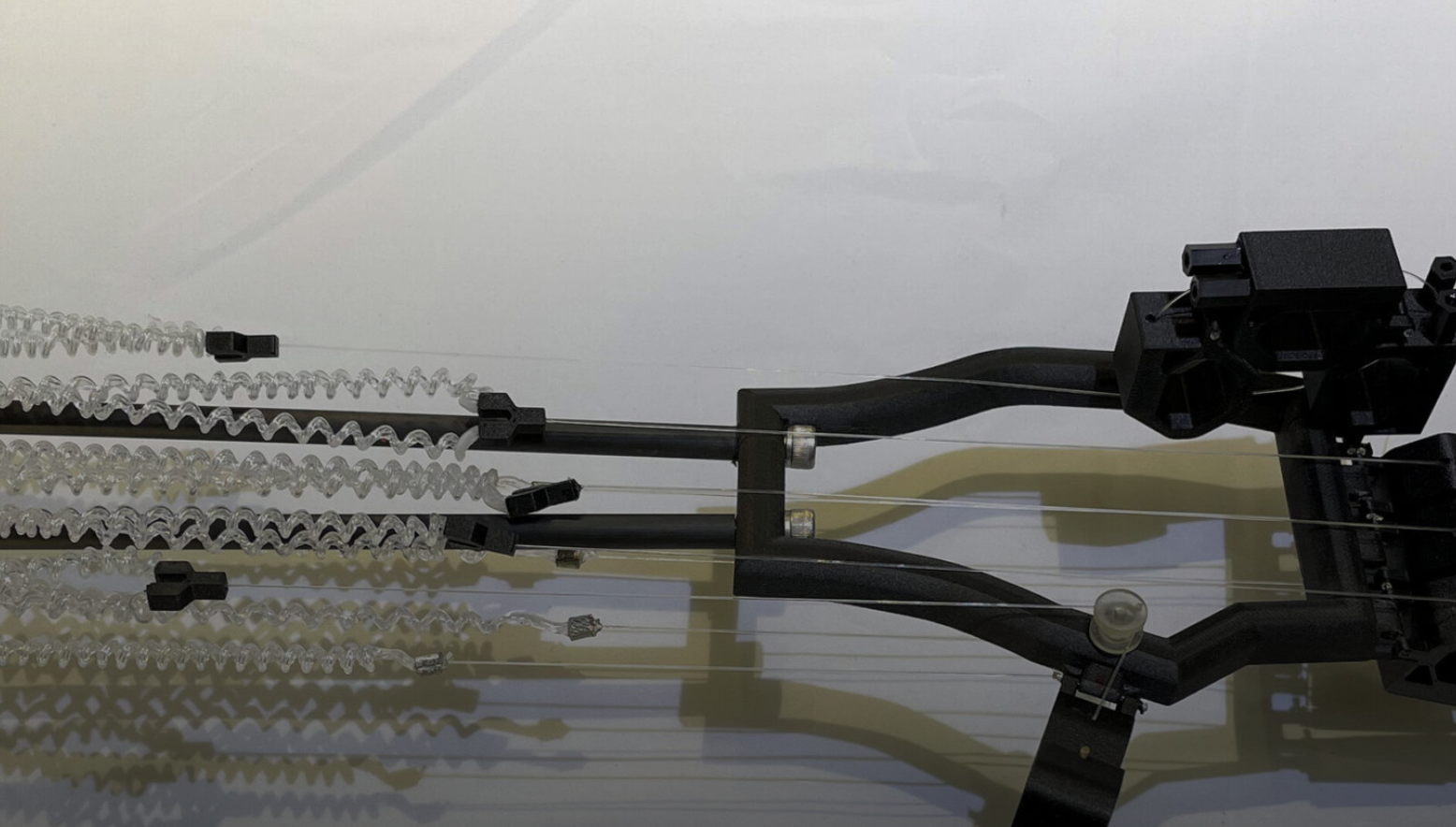Scientists have been working for several years to create and improve biohybrid robots or biobots. Usually they
Researchers at the Institute of Bioengineering of Catalonia(IBEC) have made a breakthrough in biobots using bioengineering tools. They applied 3D bioprinting and engineering design to develop biobots up to a centimeter long, capable of swimming at record speeds. They used spontaneous contraction of materials based on muscle cells with a special skeleton.
IBEC Scientists Used Biological Robotsbased on a flexible polymer serpentine spring that was designed and optimized through simulations and then printed. The advantage of this design is that it creates a feedback loop due to the restoring force of the spring.

A new type of artificial muscle is similar to Italian pasta, but much stronger
“We introduced devices consisting of musclecells that move like worms or fish respond to electrical stimuli and apply force and speed through self-training with a 3D printed soft skeleton, ”notes Samuel Sánchez, professor at ICREA Research at IBEC.
Apart from the ability to self-study, newthe device moves 791 times faster than analogs. At the same time, new biobots can perform other movements: get out on the shore and move overland for a long time. Scientists note that in the biomedical field, the ability to print such 3D muscle models using human muscles makes it possible to use such highly functional devices for medical platforms for drug testing.
Read more
The first accurate map of the world was created. What's wrong with everyone else?
Ingenuity helicopter successfully takes off on Mars
NASA told how they will deliver samples of Mars to Earth